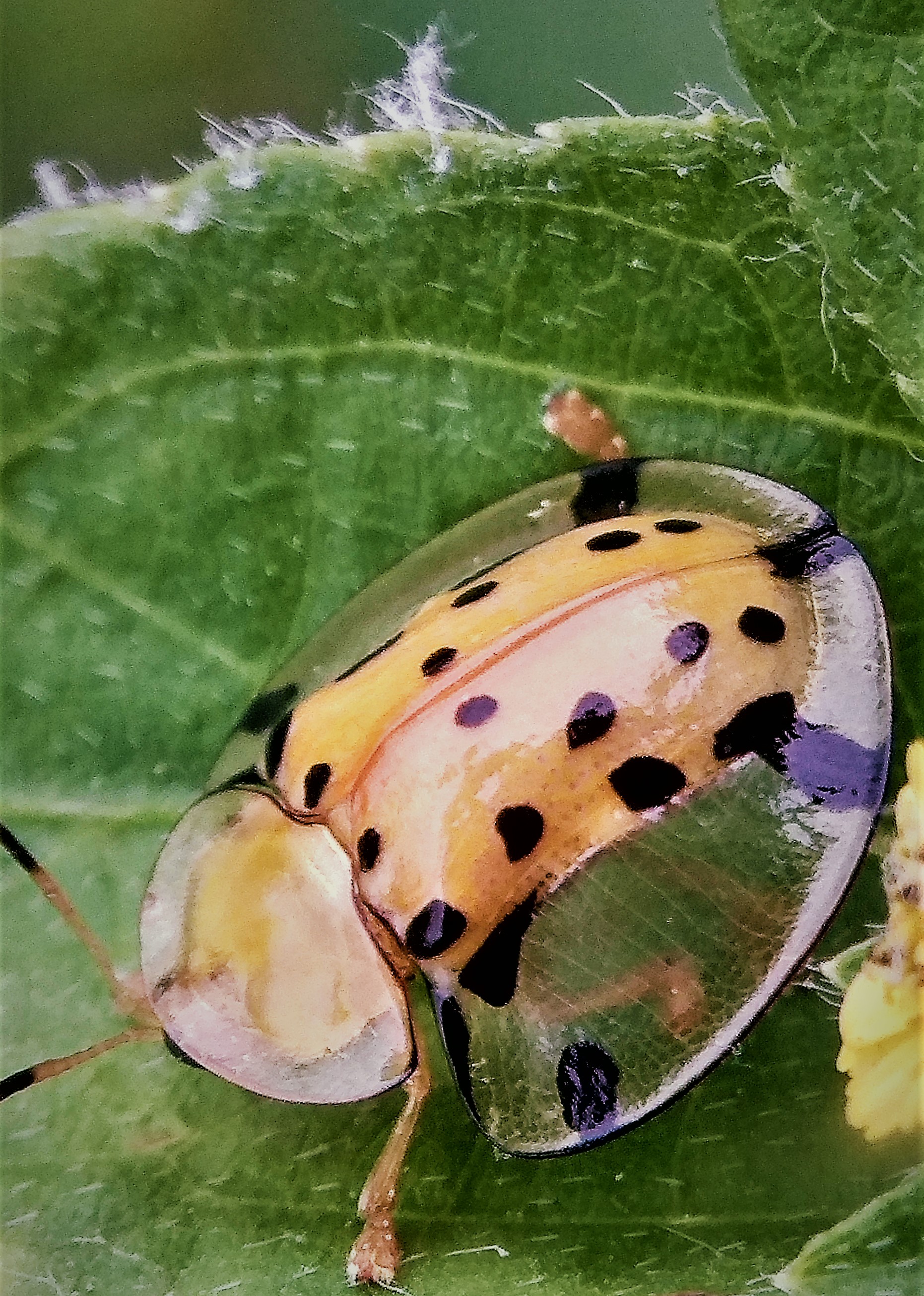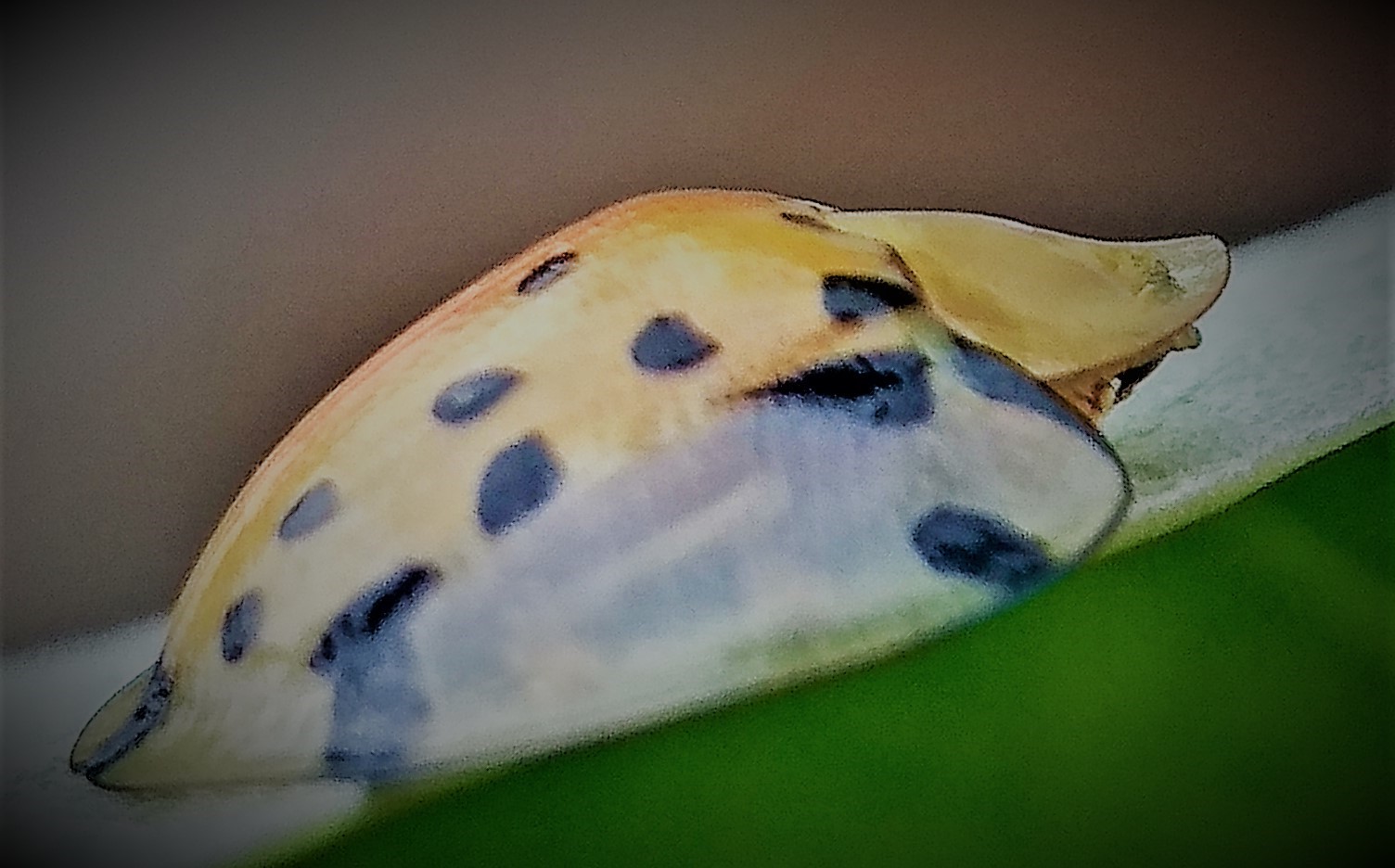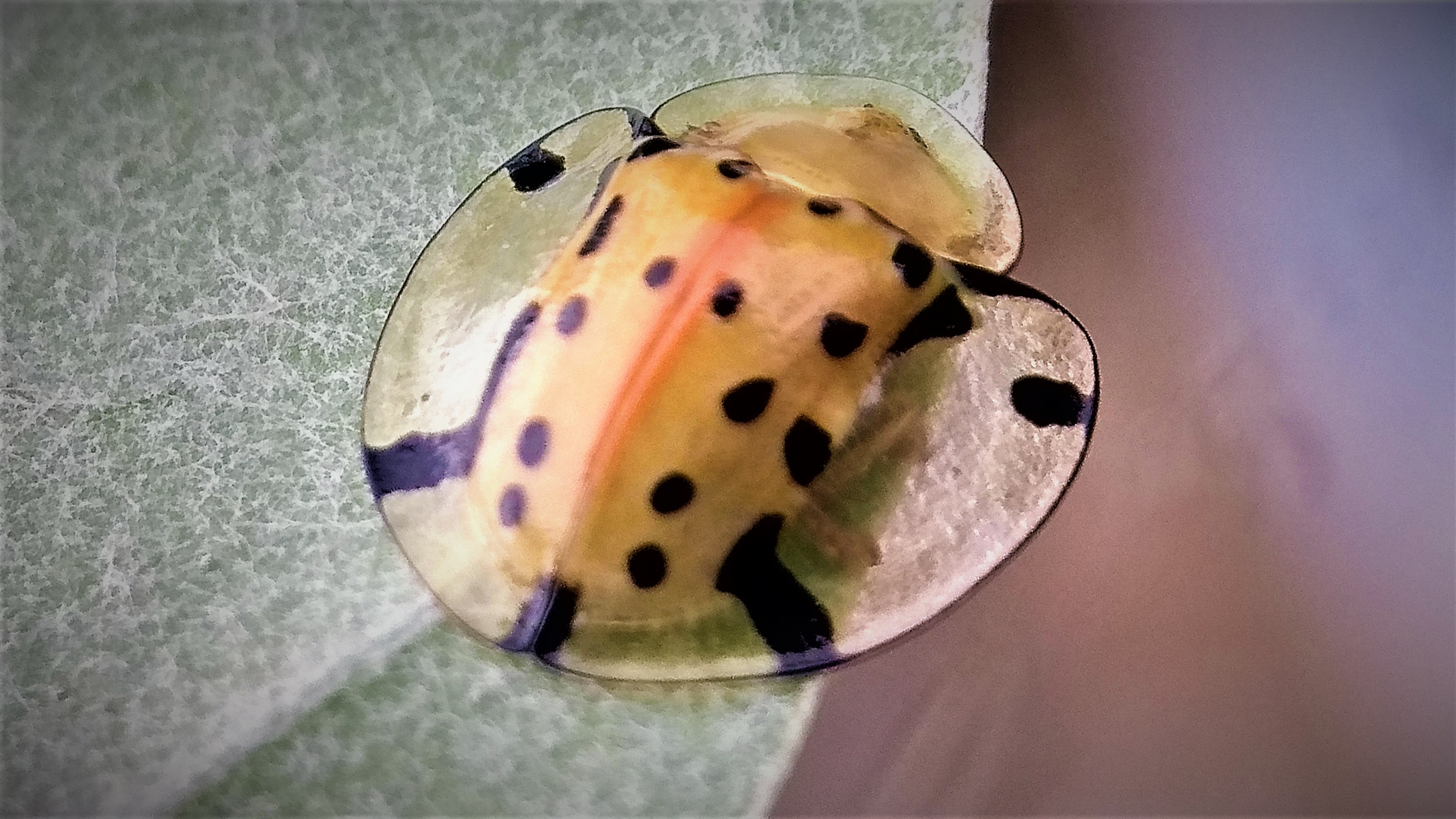
But what I think that every creature has benefits, this shows that beetles have an important role in the ecosystem.
Aspidimorpha miliaris is a widespread Asian species of beetles belonging to the family Chrysomelidae. Wikipedia: Aspidimorpha miliaris-source
Where do I assess the good impact of this beetle (Aspidomorpha miliaris)? ... I see an advantage that it can reduce biomass, because this beetle consumes Cirsium arvense leaves.
In Esther Müller and Wolfgang Nentwig, Cirsium arvense is a perennial root-budding geophyte capable of sprouting from creeping roots that make it a vigorous pioneer in open, disturbed habitats especially on nutrient-rich deep soils (Tiley 2010). Plant pathogens as biocontrol agents of Cirsium arvense -source
A question mark that crossed my mind. Will there be a threat to the ecosystem for these beetles? if there is a balance between the number of these beetles and their enemies.
I see it thus, it will have a beneficial impact with the presence of this beetle on the area or location of the ecosystem. the beetle's ability can inhibit the growth of wild plants in the garden area or farmers' rice fields.









Reference:
Wikipedia: Aspidimorpha miliaris-source
Plant pathogens as biocontrol agents of Cirsium arvense -source
CAMERA INFORMATION
| Photos | : Taken By @sward |
|---|---|
| Smartphone Camera | : Redmi Note 4 Adding Macro Lens |
| Metering Mode | : Spot |
| Editing Process | : Windows Photos Editor 10.0.1 |
| Category Photo | : Insects Photography |
| Location | : Lhokseumawe, Aceh-Indonesia |
<<<<-------------0000------------->>>>
<<<<-----0000----->>>>
All the photos above, I took using the Smartphone Camera "Xiaomi Redmi Note 4 + by adding a macro lens".
